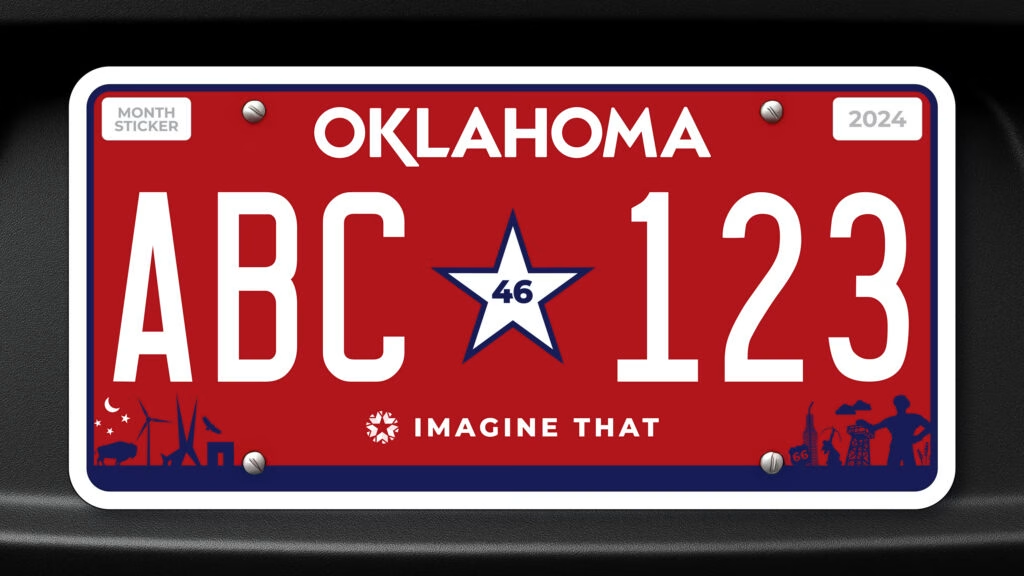Oklahoma’s New License Plate: A Case Study in Public Opinion vs. Government Decisions
When it comes to license plates, you might think, “Who really cares?” But in Oklahoma, the recent rollout of a new standard plate design has sparked quite the debate. It’s not just about aesthetics; it’s about how public opinion was seemingly sidelined in the decision-making process. Let’s dive into what happened and why it matters.
What’s the Deal with the New Plate Design?
On September 1, 2024, Oklahoma introduced a new license plate featuring a bright red background and a prominent white star. The state government touted this design as “iconic,” but the reality is a bit murkier. Documents obtained through an Open Records Request revealed that while public feedback was solicited during the design phase, it was largely ignored. This raises an important question: How much weight should public opinion carry in government decisions?
The state had initially considered a different design, known as “The Guardian,” which featured a three-ton statue from the Oklahoma Capitol and various state-themed imagery. Interestingly, focus groups showed that nearly half of the participants preferred this design over the red plate. So, why did the state choose to go in a different direction?
Public Feedback: A Mere Formality?
Governor Stitt’s office made it clear that the results of the focus group were not binding. In a rather dismissive statement, they noted that “there is no law that says that the results of a focus group dictates the license plate for the state.” This response has left many Oklahomans feeling unheard and frustrated. After all, when citizens are asked for their opinions, one would hope those opinions would carry some weight.
The backlash against the new design has been swift and vocal. Critics have taken to social media to express their disdain, with comments ranging from “the ugliest plate I’ve ever seen” to comparisons with Soviet-era designs. It’s clear that many residents feel disconnected from a decision that affects them directly.
A Silver Lining: Elements from the Guardian Design
Despite the controversy, there’s a small silver lining. Some elements from the Guardian design did make it into the final product. The new plate features imagery of buffalo, the Skydance bridge, and a Route 66 sign, blending some of the public’s preferred elements into the design. While it may not be the ideal outcome for many, at least it shows that not all feedback was completely disregarded.
What Can We Learn from This?
The situation in Oklahoma serves as a reminder of the importance of public engagement in government decisions. When citizens take the time to voice their opinions, it’s crucial for officials to listen and consider those perspectives seriously. Ignoring public sentiment can lead to backlash, as we’ve seen in this case.
So, what’s the takeaway here? The big takeaway? License plate design isn’t just about aesthetics—it’s about community representation and engagement. If you find yourself in a similar situation, whether it’s in your town or at a larger scale, remember that your voice matters. Start by making your opinion known, and encourage others to do the same. You might just see a change that reflects the community’s true desires.

